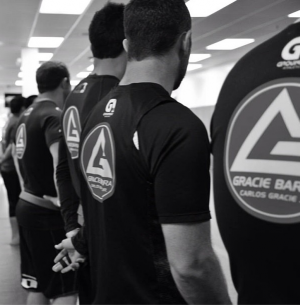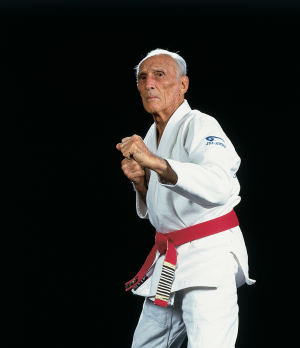Are You Ready For Your Blue belt?
An Instructors Opinion
After a student has been training for at least a year they have started to look pretty good on the mats. No longer making newbie mistakes like giving up their backs when mounted or sticking their arms straight out to be arm locked, they likely have several stripes on their white belt and are wondering when they might be ready for their blue belt? Check the blog 3 Mistakes To Avoid In Your Training
More than one martial artist has said that in their opinion, a blue belt in bjj is the equivalent to a black belt in many other martial arts. Whether you agree or disagree with this, the fact remains it is a major goal for most who start training bjj. So how do you know if you are getting close to deserving your blue belt?
A Few Words on Belt Promotions
 Most of the time the student has been training for over a year and maybe even 2-3 years. Less than 1 year is rare except in special cases where an athlete who achieved a high level in another grappling style such as judo or wrestling crosses over to bjj.
Most of the time the student has been training for over a year and maybe even 2-3 years. Less than 1 year is rare except in special cases where an athlete who achieved a high level in another grappling style such as judo or wrestling crosses over to bjj.
You have trained consistently over time, your face is seen in class regularly (not just in the weeks before a belt promotion) and learned the fundamental techniques that your instructor feels are most important to your game.
You can apply techniques against fully resisting opponents of lesser (and same experience) in rolling.
You have started to accumulate enough technical knowledge that you can even teach some of the brand new students some technique.
The most important thing your instructor is watching is NOT if you can tap a blue belt (although that is certainly a positive sign of your ability). It is possible for a very athletic and stronger person to submit a more skilled but less athletic opponent. But, just because you can tap them doesn’t mean that it is an indicator of your brazilian jiu-jitsu skill.
 There are professional mma fighters who are beasts on the mat, but due to the fact that they rarely train in a kimono and don’t have knowledge of bjj kimono techniques like the Helio Gracie collar choke, wear a purple or even a blue belt despite the fact they can roll competitively with a black belt.
There are professional mma fighters who are beasts on the mat, but due to the fact that they rarely train in a kimono and don’t have knowledge of bjj kimono techniques like the Helio Gracie collar choke, wear a purple or even a blue belt despite the fact they can roll competitively with a black belt.
The most important indicator of a student’s readiness for blue belt is determined by the question: are you able to utilize your skills in all positions on the ground or do you still resort to using pure strength and untrained instincts? When escaping side control, are you still trying to bench press the opponent off of you or do you have the training to execute a proper technical hip escape to guard replacement?
When your opponent makes a mistake and gives up the back, have you trained your reaction to immediately take the back or do you not yet recognize the proper positions and the correct strategy in each? Are you executing an armlock by grabbing and yanking on a limb or are you making your hips and legs tight around the elbow and applying the leverage in an efficient manner?
 Grandmaster Helio Gracie said something to the effect that a blue belt should have the skills to control and submit a larger, stronger untrained opponent. It is hard to fault this definition. If you have learned to apply the core techniques of bjj in all of the major positions, the side effect should be that you can successfully defend yourself against a heavier, stronger unskilled opponent. And Helio Gracie would probably say you are ready for your blue belt!
Grandmaster Helio Gracie said something to the effect that a blue belt should have the skills to control and submit a larger, stronger untrained opponent. It is hard to fault this definition. If you have learned to apply the core techniques of bjj in all of the major positions, the side effect should be that you can successfully defend yourself against a heavier, stronger unskilled opponent. And Helio Gracie would probably say you are ready for your blue belt!
Also read 3 Pieces of Advice for White Belts
Credits: Mark MullenGracie Barra Black belt based in Taipei, Taiwan
Twitter: @MarkMullenBJJ

